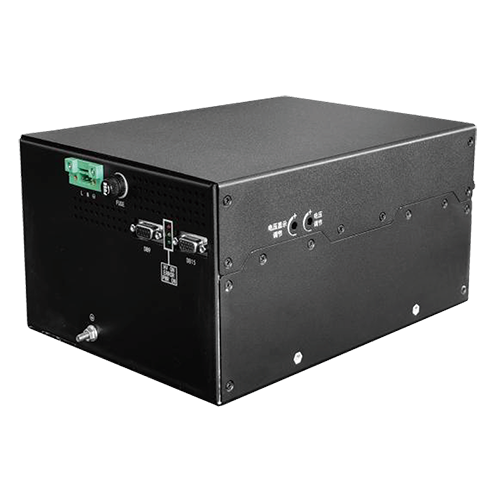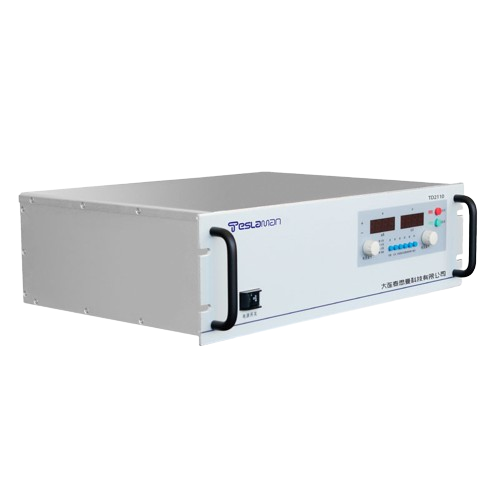Enhancement of X-ray Beam Stability and Long-term Elemental Analysis Accuracy in X-ray Analytical Power Supplies
X-ray analytical instruments such as X-ray fluorescence (XRF) and X-ray diffraction (XRD) rely on power supplies that deliver highly stable high-voltage output to maintain consistent beam intensity and spectral composition. Even small deviations in output voltage can alter the emitted photon energy, leading to drift in quantitative analysis results over time.
To ensure beam stability, the power supply incorporates a dual-loop regulation system. The inner loop stabilizes current flow through the X-ray tube, while the outer loop maintains constant high-voltage amplitude with precision better than 0.01%. Both loops are governed by a digital controller equipped with temperature compensation and drift-correction algorithms.
An integrated beam feedback module continuously monitors X-ray flux using a reference detector. The feedback signal is processed in real time to adjust the tube current, compensating for emission degradation or target aging. Additionally, AI-based predictive modeling analyzes long-term operational data to forecast output drift trends and preemptively recalibrate control parameters before deviations occur.
Noise suppression techniques, including active power factor correction and low-ripple filtering, further stabilize beam output under fluctuating line conditions. The combined approach maintains spectral drift below 0.05% even after 500 hours of continuous operation. This high level of beam stability ensures precise and repeatable elemental analysis across extended use periods, meeting the stringent demands of industrial and research-grade X-ray systems.




















